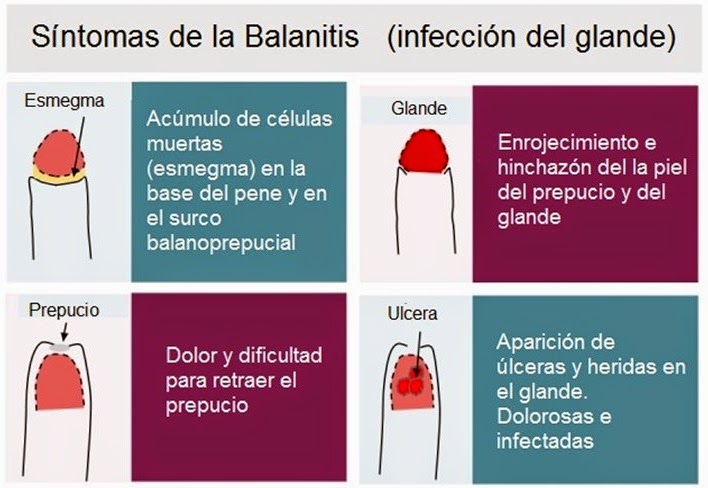10 Mouth Rinse Whitening Tips For Brighter Smiles

Achieving a brighter, whiter smile is a common goal for many individuals, and one of the most effective and easiest ways to start this journey is by incorporating a mouth rinse into your daily oral care routine. Mouth rinses designed for whitening can help remove surface stains, plaque, and bacteria, which can all contribute to a duller appearance of your teeth. Here are 10 mouth rinse whitening tips that can help you on your path to a brighter smile:
Choose the Right Ingredients: When selecting a mouth rinse for whitening, look for ingredients like hydrogen peroxide, which is a common and effective agent for teeth whitening. However, always ensure that the concentration is appropriate for your oral health needs and follow the instructions carefully to avoid any sensitivity or damage.
Understand Your Stains: Before you start using a whitening mouth rinse, it’s essential to understand the nature of your teeth stains. Surface stains, which are caused by food, tobacco, and poor oral hygiene, can often be addressed with a mouth rinse. However, deeper stains may require more intensive whitening treatments or professional dental care.
Use It Regularly: Consistency is key when it comes to seeing results from a mouth rinse. Use it as directed, usually twice a day, as part of your daily oral hygiene routine. This regular use can help maintain your teeth’s whiteness and prevent new stains from forming.
Swish Correctly: To get the most out of your mouth rinse, make sure you’re swishing it around your mouth correctly. Tilt your head back and swish the liquid towards the back of your mouth, ensuring it reaches all areas, including your teeth, gums, and the roof of your mouth. This helps in evenly distributing the whitening agents.
Follow Up with Fluoride: After using a whitening mouth rinse, consider following up with a fluoride mouthwash. Fluoride can help strengthen tooth enamel, which is especially important if you’re using a mouth rinse that contains hydrogen peroxide, as it can slightly weaken the enamel if used improperly.
Limit Exposure to Stain-Causing Foods: While a mouth rinse can help remove stains, preventing them in the first place is also beneficial. Limit your consumption of foods and drinks known to cause stains, such as coffee, red wine, and berries. If you do consume these items, rinsing your mouth with water afterwards can help.
Combine with Other Whitening Methods: For more pronounced whitening, you can combine the use of a mouth rinse with other whitening methods such as whitening toothpaste, strips, or trays. However, be cautious not to overdo it, as excessive use of whitening products can lead to tooth sensitivity and other issues.
Consider Professional Advice: Before starting any new oral care product, especially if you have sensitive teeth or gums, consider consulting with a dentist. They can provide personalized advice based on your oral health status and recommend the best products and practices for your specific needs.
Look for the ADA Seal: When choosing a mouth rinse, look for the American Dental Association (ADA) Seal of Acceptance. This seal indicates that the product has met the ADA’s standards for safety and effectiveness, giving you an added layer of confidence in your choice.
Be Patient: Whitening your teeth doesn’t happen overnight. It can take several weeks of regular use to start noticing significant differences. Be patient, stay consistent with your oral hygiene routine, and remember that professional dental cleanings and check-ups are also crucial for maintaining a healthy, bright smile.
In conclusion, incorporating a whitening mouth rinse into your daily routine can be a powerful step towards achieving a brighter, healthier smile. By choosing the right product, using it correctly, and combining it with good oral hygiene practices, you can enjoy the benefits of whiter teeth and improved oral health. Always remember to prioritize your overall oral health and consult with dental professionals if you have any concerns or questions about whitening your teeth.
How long does it take to see results from a whitening mouth rinse?
+Results from a whitening mouth rinse can vary depending on the product and individual oral health conditions. Generally, you might start to notice improvements in the whiteness of your teeth within a few weeks of regular use.
Can I use a whitening mouth rinse if I have sensitive teeth?
+If you have sensitive teeth, it's advisable to consult with a dentist before using any whitening products, including mouth rinses. They can recommend products that are gentle on the teeth and gums or suggest alternative whitening methods that are safer for sensitive teeth.
How often should I use a whitening mouth rinse?
+Follow the instructions provided with your whitening mouth rinse for the recommended frequency of use. Typically, using it twice a day as part of your oral hygiene routine can be effective. However, always consult with a dental professional if you have specific concerns or questions.
By understanding how to effectively use a mouth rinse as part of your whitening regimen and combining it with good oral care habits, you can enjoy a brighter, healthier smile that enhances your confidence and overall well-being. Remember, the journey to a whiter smile is just one aspect of maintaining excellent oral health, and regular dental check-ups, along with a balanced diet and good hygiene practices, are essential for a lifetime of healthy, beautiful teeth.

